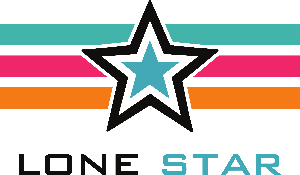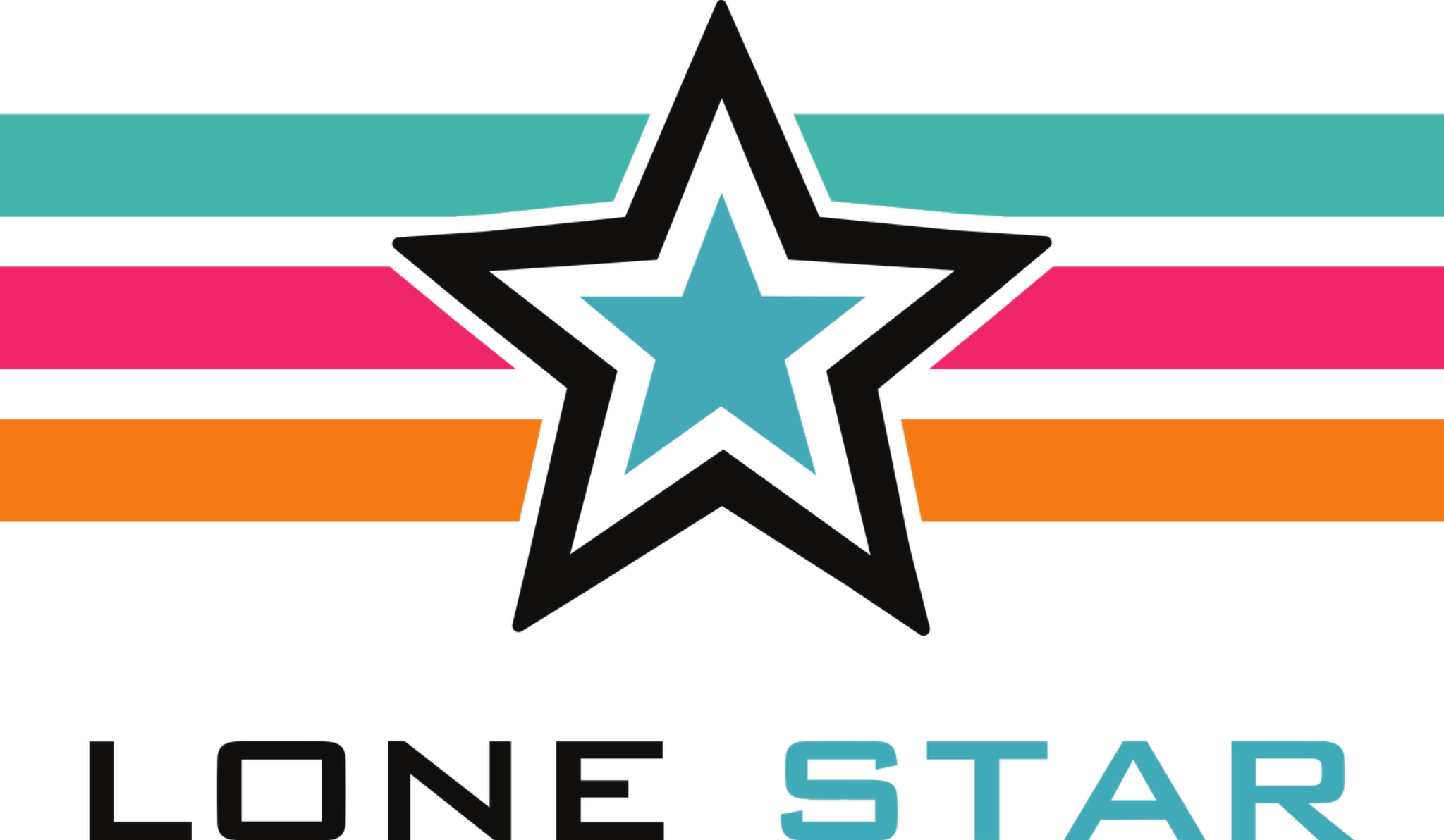
Foundational Programs
Start strong. Whether you're new to swimming, returning after time away, or ready to dive into a more structured routine, our Foundational Programs meet you where you are and take you further. With expert coaching and a clear, progressive structure, you'll build the skills and confidence that set the stage for long-term success in the pool.
JUNIOR
The Junior group is where athletes take their first real steps into competitive swimming. Through three carefully designed phases, swimmers build essential movements, master the basics, and begin shaping the habits and mindset of a future champion. It’s all about laying the groundwork — with purpose, excitement, and progress at every turn.
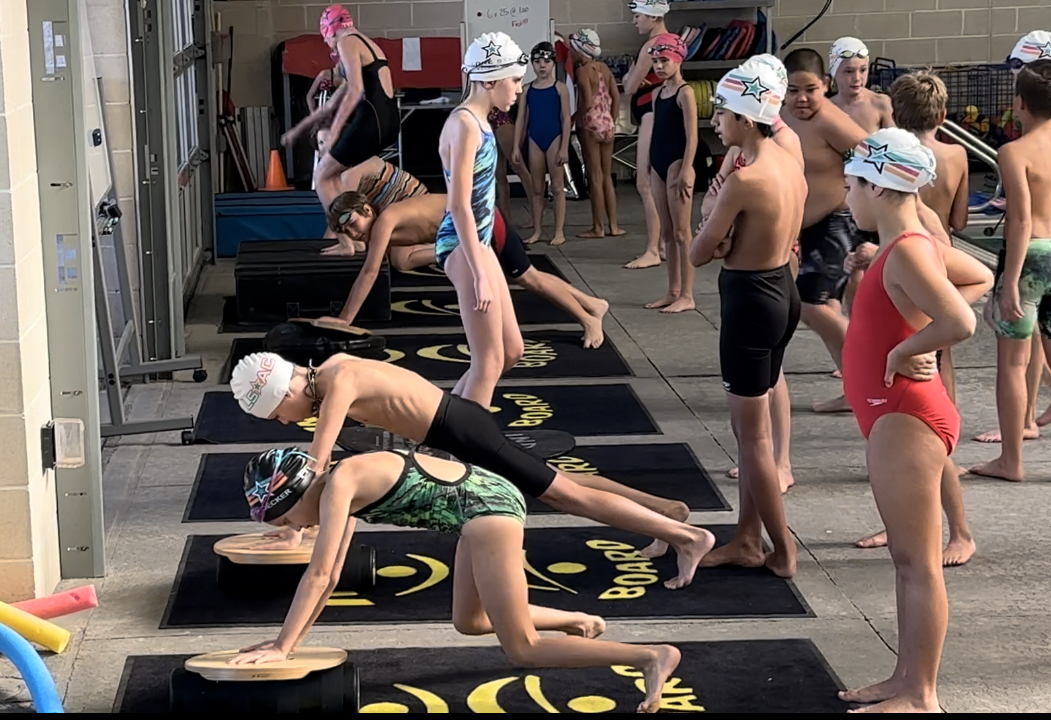

Junior I: Kinesthetic Awareness
Description:
This is where the journey begins. This is where young athletes transform their curiosity into capability and their potential into power. Junior I is more than just a starting point; it's a launchpad for greatness.
In this high-energy, technique-driven program, swimmers will dive headfirst into mastering the essential elements of freestyle and backstroke. From body alignment and core control to leg propulsion and fluid motion, every session is crafted to build not just skills, but a connection to the water that runs deep.
Here, athletes don’t just learn HOW to swim, they learn HOW to move with purpose, flow with confidence, and feel the water like it’s an extension of themselves. Our coaches provide expert, hands-on guidance, igniting a passion for progress and a hunger for excellence.
As their strokes sharpen and their confidence grows, our athletes begin to unlock more than physical abilities. They develop resilience. Grit. Emotional maturity. Each milestone is a skill mastere and a mindset forged.
By the end of this phase, swimmers emerge with a rock-solid foundation in freestyle and backstroke, primed to rise to the next level with energy, ambition, and unwavering belief in what they can become.
Junior I is the start of something extraordinary. Join us and shape the future, one fearless stroke at a time.
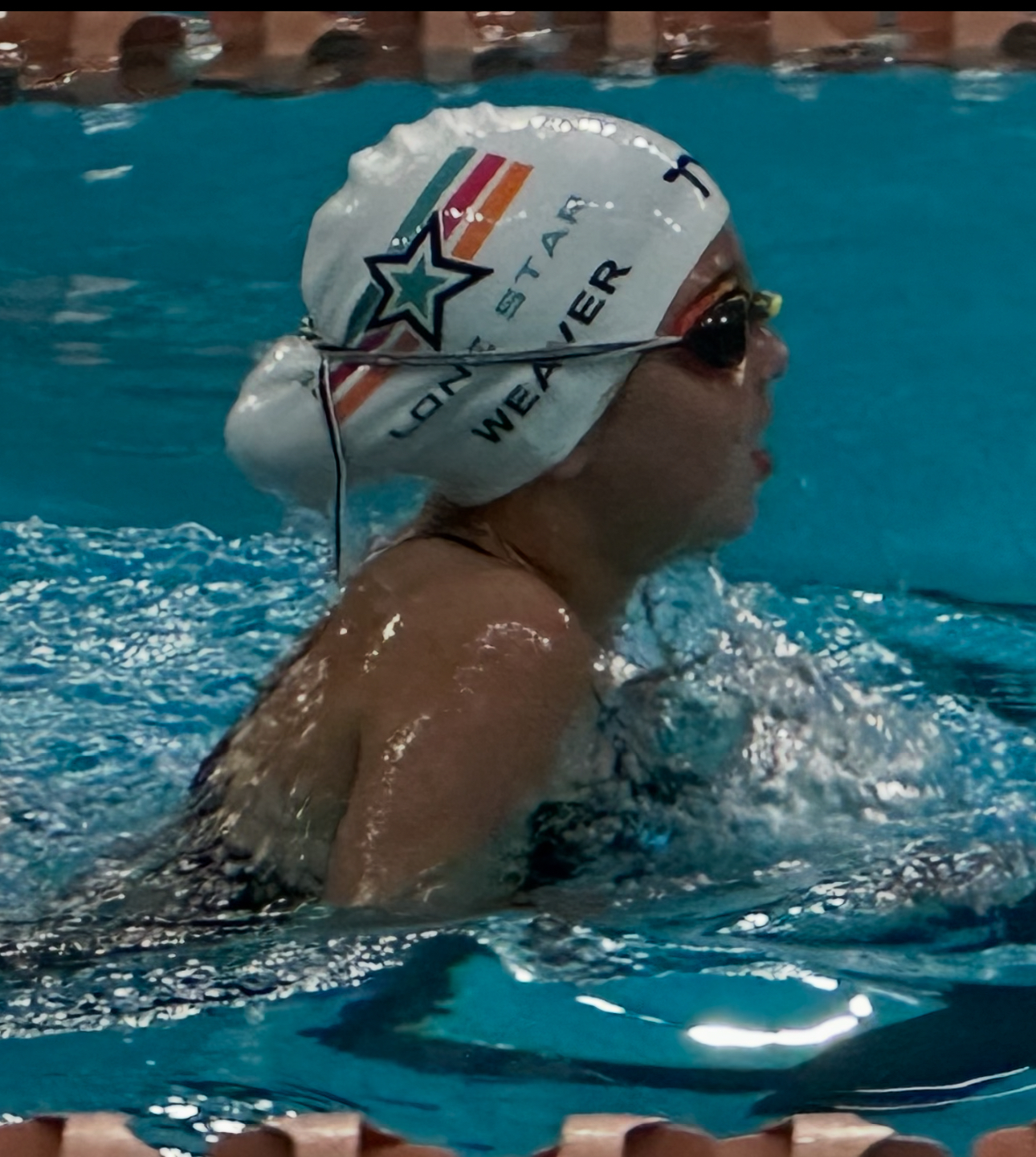
Entry: Athletes must be able to swim 1 length of the pool uninterrupted.
Training Expectations: Athletes must be able to attend 85% of all swim practices and clinics.
Days: M/W/F 4-4:30pm
Cost: $65 per month
Junior II: Motor Pattern Development
Description:
Junior II is the proving ground—where foundational skills from Junior I are put to the test, refined through consistency, and elevated through increased intensity. This is where young swimmers begin to shift from learning how to swim to understanding why they train: to unlock their potential, sharpen their technique, and rise to the challenge of competition.
With longer training sessions and a deeper focus on motor pattern development, athletes reinforce their fundamentals while learning to move with greater precision, control, and efficiency. The cornerstone of this group? Consistency—because real progress happens through repetition, discipline, and belief.
As athletes train, Junior II swimmers are introduced to the complexities of competitive swimming, including diving and the short axis strokes: butterfly and breaststroke. These strokes demand focus, coordination, and mental toughness, all of which are cultivated in a supportive, high-energy environment.
Swimmers in this group train with purpose and compete with pride. Athletes are expected to race in at least six meets each year, stepping confidently into the arena to test their skills and fuel their growth.
By the end of Junior II, swimmers will have mastered all four strokes and be able to dive and race legally across all events. They'll be stronger. Sharper. Hungrier. And fully prepared to level up to Junior III.
Junior II is where discipline meets desire and champions begin to emerge.
Age: 12 and Under
Training Expectations: Ability to attend 85% of all swim practices and clinics while successfully demonstrating the following drills and skills.
Days: T/TH 4-5:00pm
Cost: $85 per month
Junior III: Technical Development
Description:
Junior III is the final chapter of the Junior program. This is where swimmers rise to meet the demands of true competitive training with greater intensity, increased volume, and a relentless focus on precision. This group is designed to forge athletes who are not only skilled—but race-ready.
Here, physical effort takes center stage. Training sessions are longer, tougher, and more purposeful. Daily emphasis is placed on wall transitions, and technical excellence becomes non-negotiable especially in the short axis strokes, breaststroke and butterfly, which demand both power and finesse.
This phase is about transforming potential into performance. Every drill, every turn, every detail matters. Athletes are coached to push through fatigue, maintain form under pressure, and prepare with intention.
Junior III swimmers are expected to compete in at least six meets per year, embracing the challenge of racing as an opportunity to showcase their progress and sharpen their competitive edge.
By the time they graduate from Junior III, these athletes are not just swimmers—they’re competitors. Mentally focused, physically resilient, and technically sound.
Junior III is where it all comes together and the real journey begins.
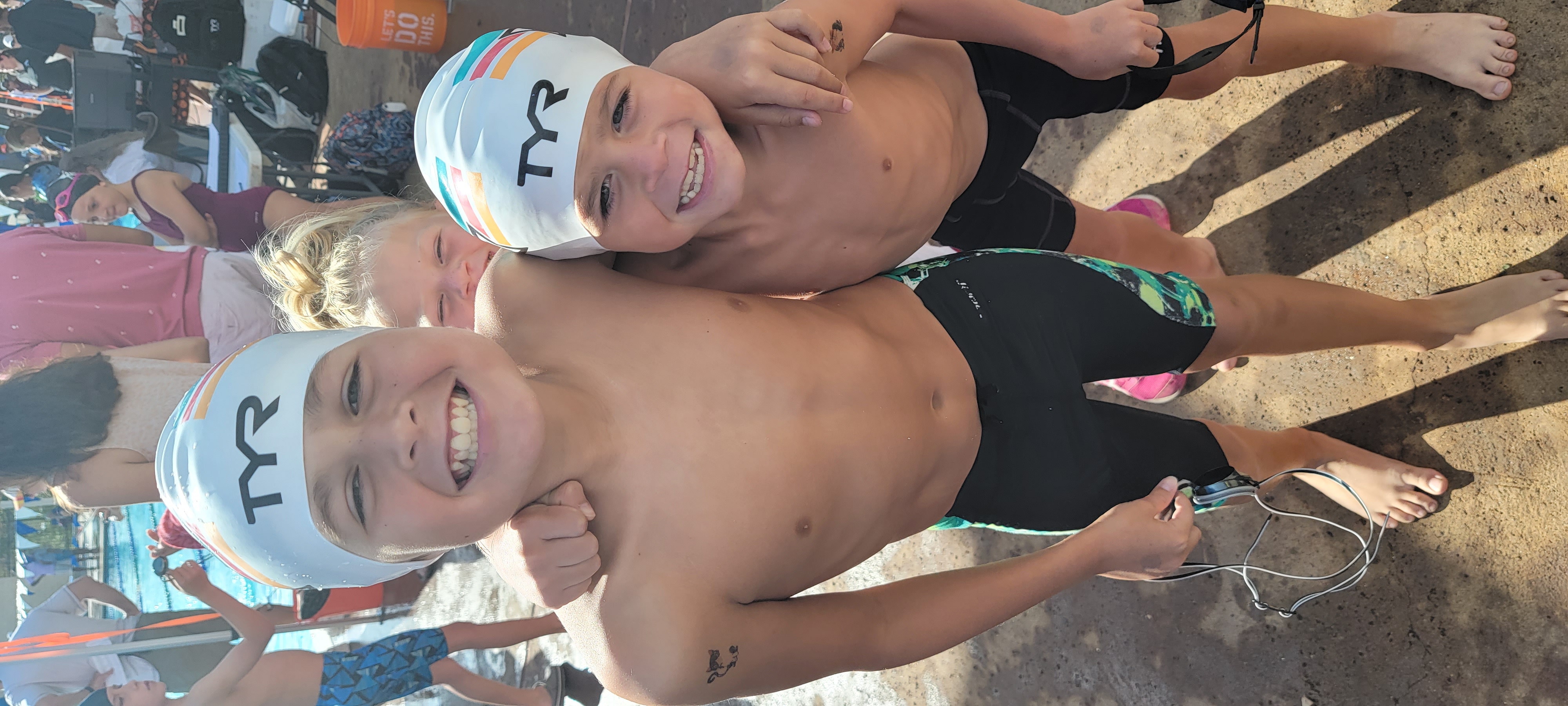
Age: 12 and Under
Training Expectations: Ability to attend 85% of all swim practices and clinics while successfully demonstrating the following drills and skills.
Days: MWF 4-5:30pm
Cost: $100 per month
High performance programs for advanced athletes chasing performance goals.
Senior: Learning to Achieve
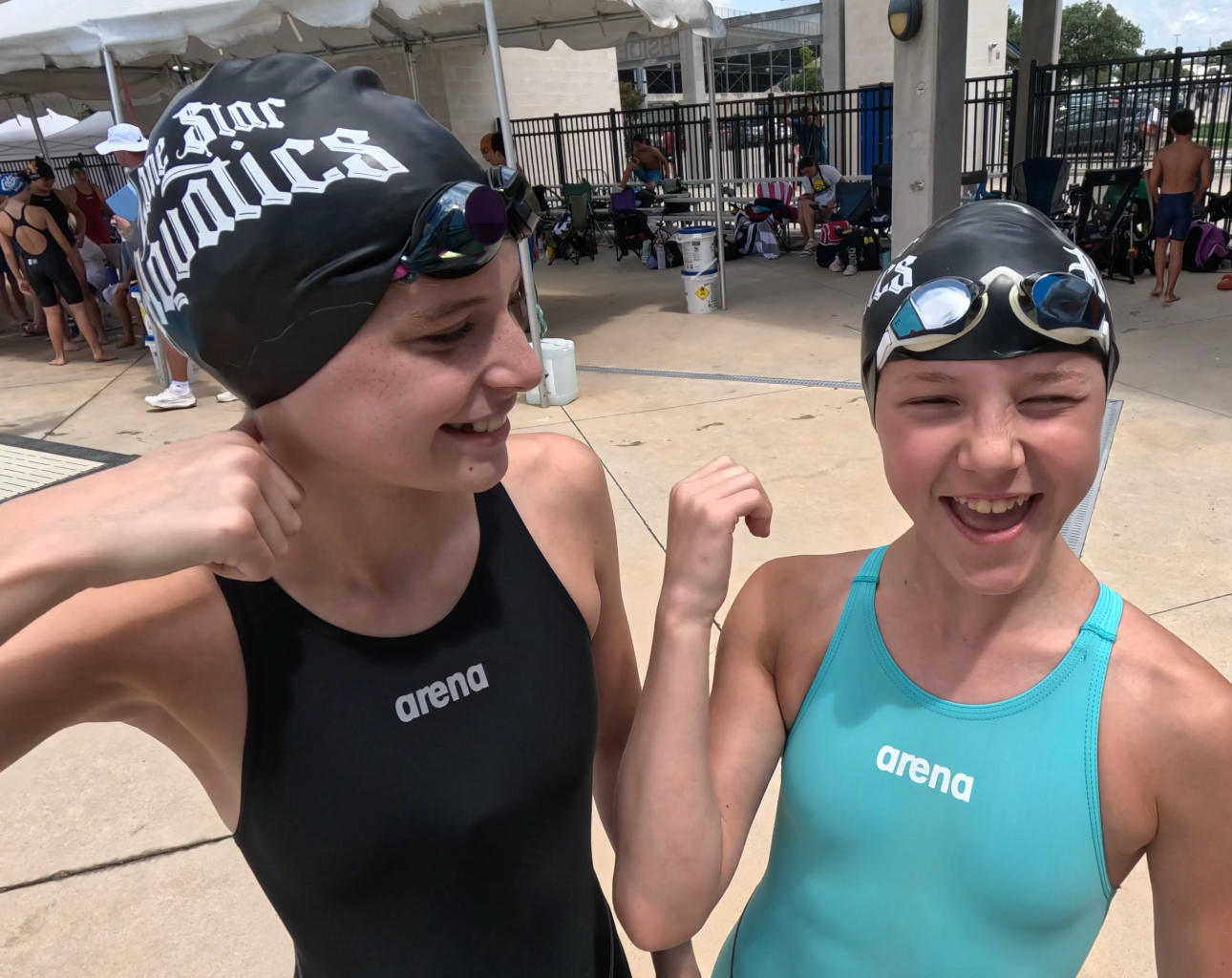
Description:
Focus, Effort, Encouragement, Technique.
Senior swimmers at this level are met with greater training demands as they are required to train 5 days a week for 2 hours each session while completing dry-land training sessions. These athletes may be competing in additional sports outside of LSAC but make appropriate sacrifices to be a dual sport athlete.
Senior swimmers work on much more advanced components of competitive swimming.
- Personal Accountability: Sacrifice, commitment, work ethic, focus, and delayed gratification
- Dryland/Strength training
- Understanding how to train and how to race
- Appropriate goal setting
Training sessions becomemore complex and designed to push athletes towards TAGS and STAGS level competition. Practices become much more cerebral as the athletes experience enhanced proprioception and training sessions are made to meet the needs of the group as a whole but also to maximize personal stroke development.
Training:
MWF:5-7:00pm (first 30 min dryland)
TH: 5-7pm
Cost: $130 per month
Elite: Mastery of Sport
Description:
The Elite Swim Program isn’t a destination—it’s a crucible. This is where the grind becomes real, the standards are sky-high, and only the most committed athletes rise. Comfort has no place here. This is where swimmers choose the challenge—where they train with unwavering purpose and pursue performance at the National level and beyond.
Elite athletes don’t just show up—they lead. They think deeper, train smarter, and push harder. Goal-setting isn’t optional—it’s essential. These swimmers have made a full-time commitment not just to their own ambitions, but to their teammates, their coaches, and the legacy they’re building together.
This is the highest tier Lone Star Aquatic Club offers—a program that demands maturity, focus, and discipline. Elite swimmers are coachable, adaptable, and fiercely driven. They master complexity, make adjustments in real-time, and embrace feedback as fuel. They train and race with strategy, precision, and fire.
But they also know balance. They know when to laugh. When to breathe. When to lift up those around them. They communicate clearly, own their responsibilities, and sacrifice without complaint. They carry themselves with loyalty, integrity, and respect—for the sport, their team, and the pursuit of excellence.
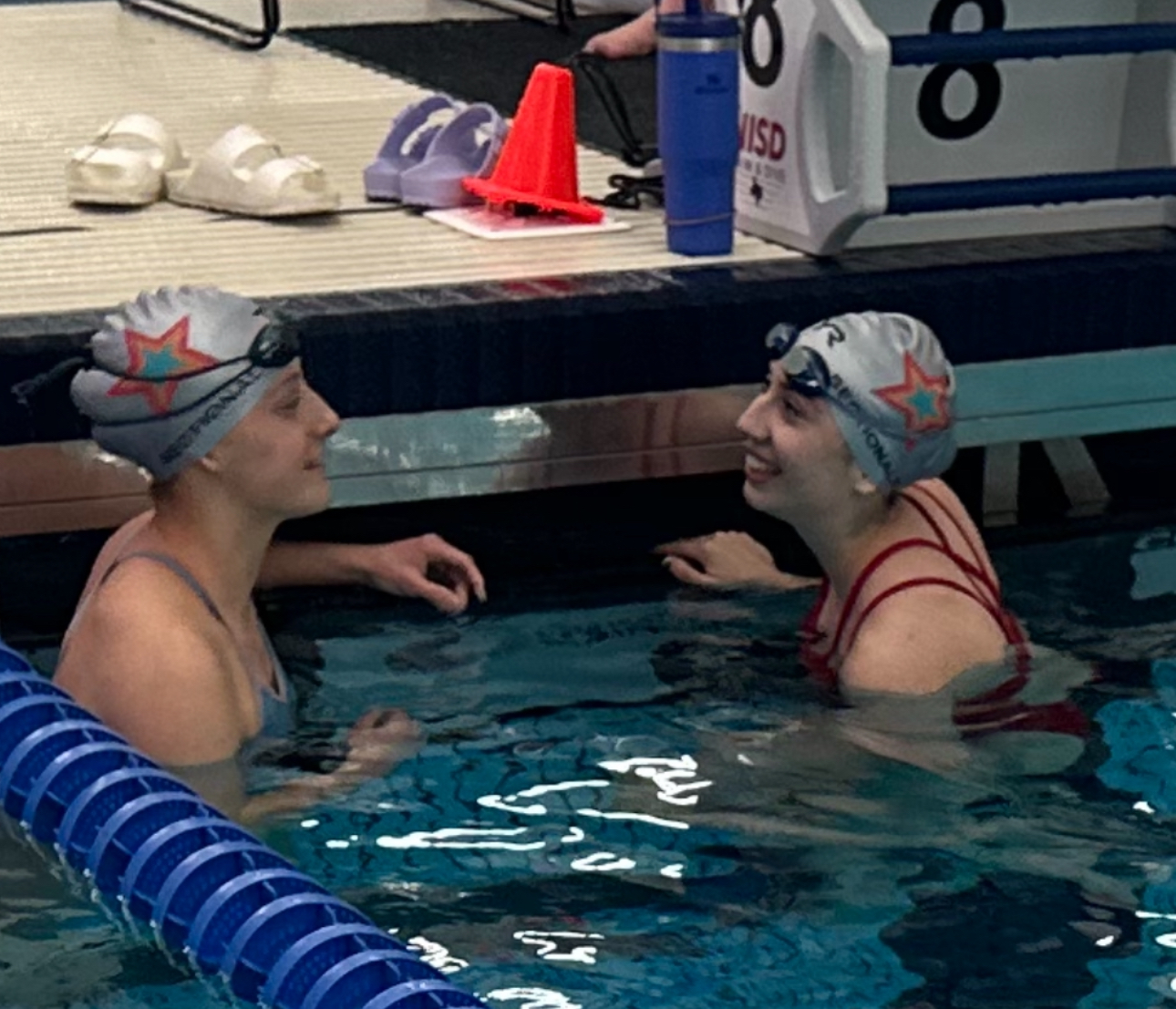
This is the Elite Program. It’s not for everyone. But for those who are ready—it’s everything.
Training:
MWF - 6:30-8:30pm (first 30 min dryland)
TTH - 7:00-9:00pm
Cost: $150 per month
